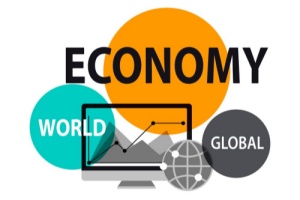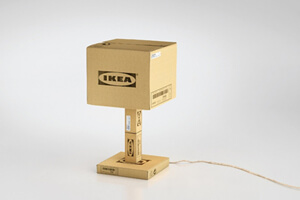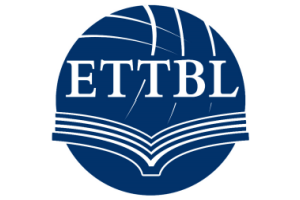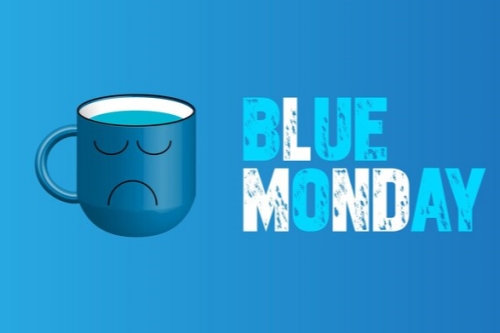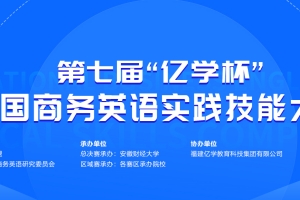Daydreaming, promenading and zoning out all pay rich dividends
The familiar exerts a powerful subliminal appeal. The “name-letter effect” refers to the subconscious bias that people have for the letters in their own name, and for their own initials in particular. They are more likely to choose careers, partners and brands that start with their initials (Joe becomes a joiner, marries Judy and loves Jaffa cakes). A related bias, the “well-travelled-road effect”, describes the tendency of people to ascribe shorter travelling times to familiar routes than is actually the case.
A bias towards the familiar shows up at work, too. One such prejudice is about what exactly constitutes work. Being at a desk counts as work, as does looking at a screen above a certain size. Responding to email and being in a meeting are indubitably forms of work. So is any activity that might elicit sympathy if performed on the weekend – typing, taking a phone call from the boss, opening any type of spreadsheet.
This prejudice helps to explain worries about “proximity bias”, the risk that white-collar employees who spend lots of time in the office are more likely to advance than remote workers who are less visible. That is because being inside an office building is itself something that counts as work. Pre-pandemic research showed that “passive face-time” – the mere fact of being seen at your desk, without even interacting with anyone – led observers to think of people as dependable and committed.
But these familiar forms of work can deceive, for two reasons. The first is that what looks like a Stakhanovite effort may be no such thing. Keyboard-tappers may just be updating their LinkedIn profiles. Attendees at a meeting are often present in body but not in spirit. Even when actual work is being done, it may not be the most productive use of people’s time.
The second is that things that look like the opposite of work – loafing about, to use the technical term – can be very useful indeed. Take daydreaming. In most workplaces, staring into space for hours on end is frowned upon; security guards and models can get away with it, but few others. Yet letting the mind wander is not simply part of being human; it can also be a source of creativity, a way to unlock solutions to thorny problems.
Albert Einstein’s breakthrough moments often came via thought experiments in which he let his imagination drift. What would it be like to travel as fast as a light beam? What happens if double lightning strikes are observed from different perspectives? Einstein is admittedly a pretty high bar, but zoning out can help mere mortals, too. Research published in 2021 found that tricky work-related problems sparked more daydreaming among professional employees, and that this daydreaming in turn boosted creativity.
In similar vein, going for a walk is not just a break from work, but can be a form of it. An experiment from 2014 asked participants to think of creative uses for a common object (a button, say) while sitting down and while walking. Perambulation was associated with big increases in creativity. Being outside generally seems to improve lateral thinking. In another study, hikers who had been yomping away in the wilderness did much better on a problem-solving task than those who had yet to set off.
Loafing has clear limits. If you miss a deadline because you were staring soulfully out of the window, you still missed a deadline. Not every problem requires a backpack and a journey into the countryside. If you don’t much like your work in the first place, you are likely to daydream about other things.
But time to muse is valuable in virtually every role. To take one example, customer-service representatives can be good sources of ideas on how to improve a company’s products, but they are often rated on how well they adhere to a schedule of fielding calls. Reflection is not part of the routine.
The post-pandemic rethink of work is focused on “when” and “where” questions. Firms are experimenting with four-day workweeks as a way to improve retention and avoid burnout. Asynchronous working is a way for individuals to collaborate at times that suit them. Lots of thought is going into how to make a success of hybrid work.
The “what is work” question gets much less attention. The bias towards familiar forms of activity is deeply entrenched. But if you see a colleague meandering through the park or examining the ceiling for hours, don’t assume that work isn’t being done. What looks like idleness may be the very moment when serendipity strikes.







